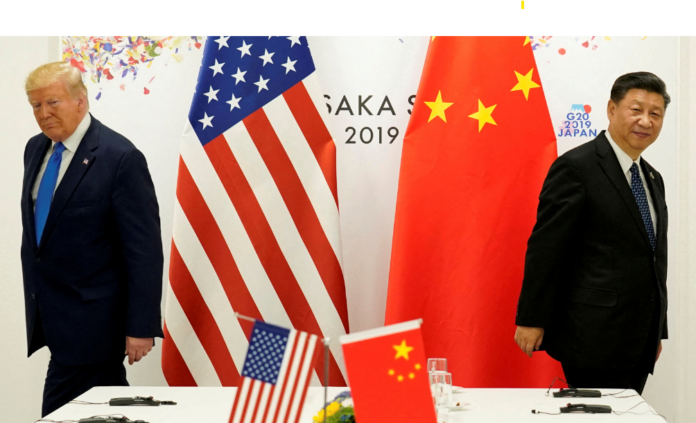India is considering a significant reduction in tariffs on over half of its imports from the United States, valued at $23 billion, as part of ongoing trade negotiations between the two nations, according to two government sources cited by Reuters. This move would represent one of the largest tariff cuts in recent years and is designed to avoid reciprocal tariffs that could negatively impact Indian exports.
The Indian government is seeking to mitigate the effects of US President Donald Trump’s global reciprocal tariffs, which are set to be implemented on April 2. These new tariffs have caused disruptions in global markets, raising concerns among several countries, including some of the US’s Western allies.
An internal analysis by India has warned that the new US tariffs could affect 87% of Indian exports to the US, which are valued at approximately $66 billion. To minimize this impact, India is reportedly open to reducing tariffs on 55% of US imports currently taxed between 5% and 30%. Some tariffs could see significant reductions, while others may be completely eliminated.
The proposal is still under discussion, and no final decision has been made by Indian officials. Alternatives being considered include targeted tariff reductions in specific sectors or negotiations to lower tariffs on selected products rather than across the board.
A US delegation, led by Brendan Lynch, the Assistant US Trade Representative for South and Central Asia, is set to visit India for trade talks beginning Tuesday. The Indian government aims to reach an agreement before the US reciprocal tariffs come into effect. The United States and India have a long history of trade negotiations, with data from the World Trade Organization showing that the average US trade-weighted tariff is 2.2%, compared to India’s 12%. The US currently faces a trade deficit of $45.6 billion with India.
During Prime Minister Narendra Modi’s visit to the US in February, both countries agreed to begin early-stage discussions to resolve their tariff disputes. However, India’s decision to lower tariffs hinges on whether the US is willing to ease its reciprocal tariffs, according to government sources.
India is reportedly considering reducing tariffs on specific products such as almonds, pistachios, oatmeal, and quinoa. However, the country has set clear limits for the negotiations, stating it will not reduce tariffs on meat, maize, wheat, or dairy products.
Tariffs on automobiles, which currently exceed 100%, may be gradually reduced rather than cut immediately. The Indian government is concerned that US reciprocal tariffs could negatively impact key export sectors, including pharmaceuticals, automobiles, electrical equipment, and machinery.
According to government sources, tariffs on products like pearls, mineral fuels, and machinery could rise by 6% to 10%, which would affect around half of India’s total exports to the US. If Indian exports face higher tariffs, US companies may turn to alternative suppliers such as Indonesia, Israel, and Vietnam, further hurting Indian businesses.
Sunil Barthwal, India’s trade secretary, told a parliamentary committee on March 10 that while India seeks to maintain strong trade relations with the US, it will not sacrifice its national interests, according to two people who attended the closed-door meeting.
Meanwhile, US Commerce Secretary Howard Lutnick has urged the Indian government to consider broader tariff reductions, particularly after India reduced tariffs earlier this year on high-end motorcycles and bourbon whiskey.



